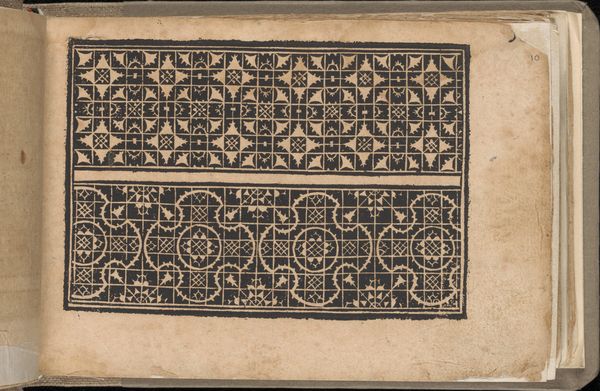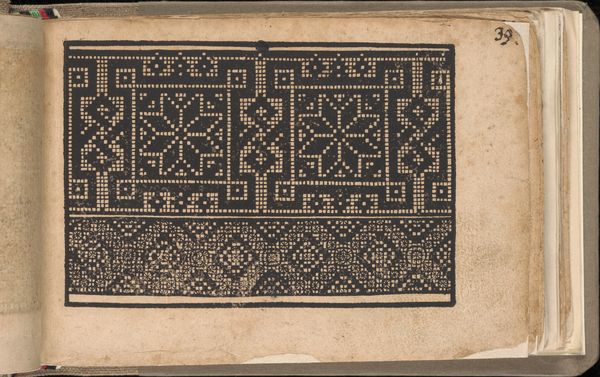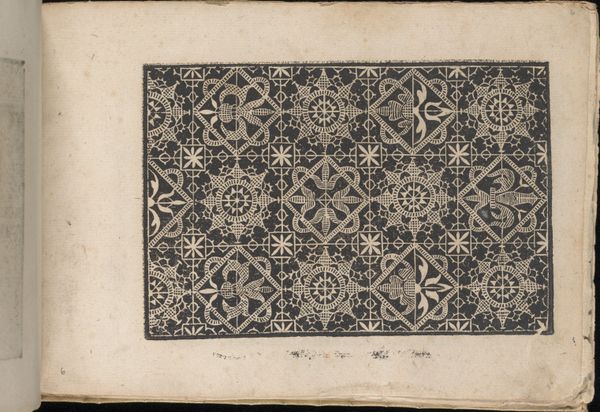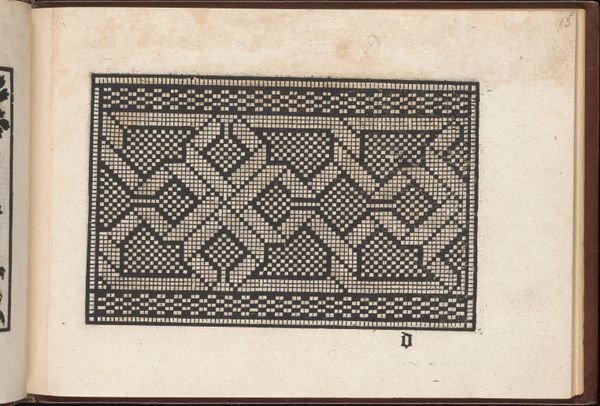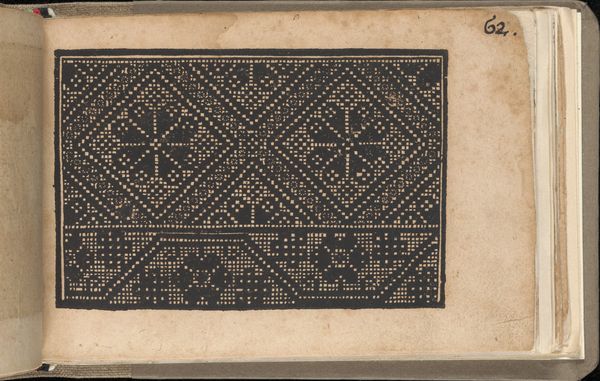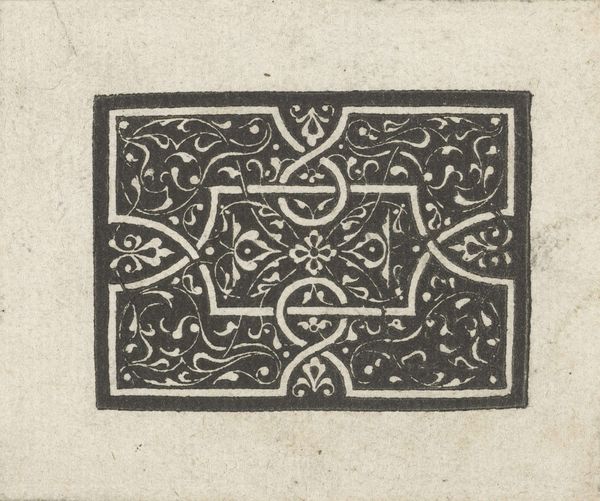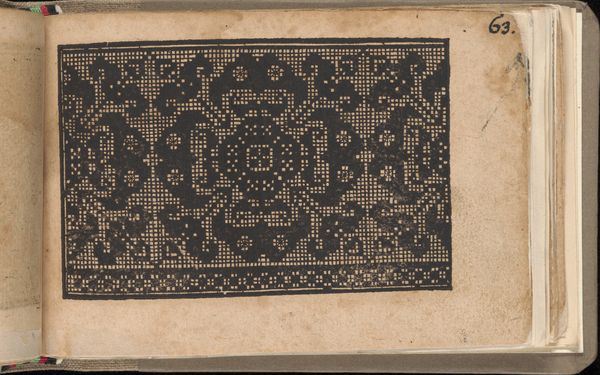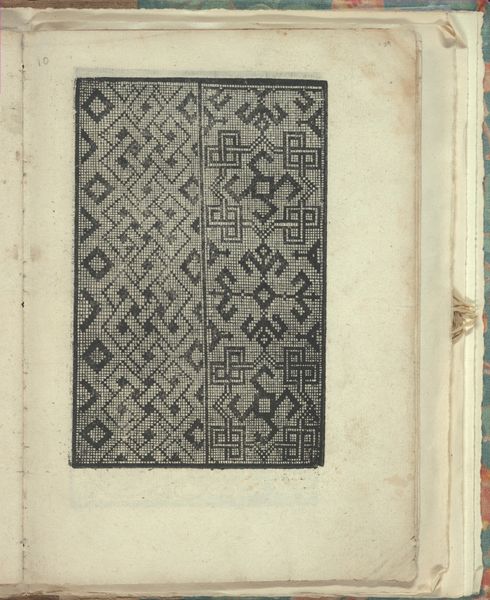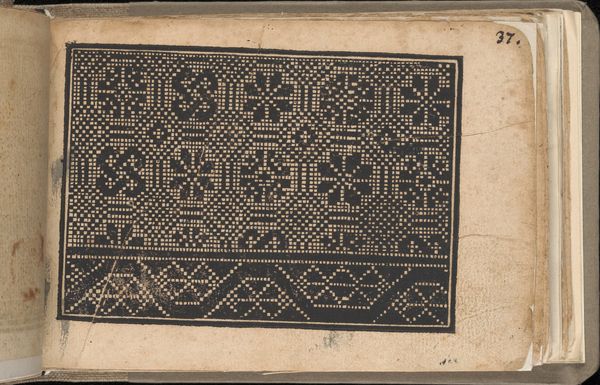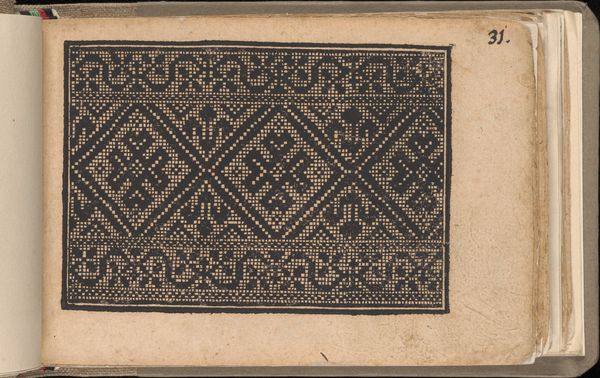
Album containing 75 Drawings for Garden Trellises & Parterres 1605 - 1640
0:00
0:00
drawing, print, watercolor
#
drawing
#
water colours
# print
#
11_renaissance
#
watercolor
#
geometric
#
decorative-art
#
watercolor
Dimensions: Overall: 8 1/8 x 5 7/8 x 13/16 in. (20.6 x 15 x 2.1 cm)
Copyright: Public Domain
Editor: Here we have a watercolor and ink drawing, "Album containing 75 Drawings for Garden Trellises & Parterres" by Jörg Rurfinger, created sometime between 1605 and 1640. The cool greens and careful geometric shapes feel both ordered and whimsical to me. How do you interpret this work in relation to its time? Curator: I see these parterres, these formalized garden designs, as visual manifestations of power during the Renaissance. Think about it: Land ownership, control over nature, the sheer labor required to execute such designs – all reflect a rigid social hierarchy. How do these meticulously planned gardens speak to notions of control, even oppression? Editor: That's a strong reading! I hadn't considered the implications of "controlling nature" so directly. Do you think the use of geometric shapes also plays into this idea? Curator: Absolutely! The geometry isn't just aesthetically pleasing; it's a tool. A tool to impose order, to create a visual language of dominance. And who gets to enjoy these spaces? Whose labor builds and maintains them? We must consider who is included and excluded from the idealized vision that the piece presents. Editor: So, the beauty is almost… deceptive? Curator: Exactly. We can appreciate the skill and artistry, but we must also critically examine the context in which it was created and what it represents. Editor: It really makes you rethink the intention behind these garden designs. I initially saw them as simply beautiful and ordered. Now I can see a potential underlying message of power dynamics. Curator: It's about layers of understanding, isn't it? Looking beyond the surface to understand the embedded social and political implications. Art never exists in a vacuum.
Comments
No comments
Be the first to comment and join the conversation on the ultimate creative platform.
